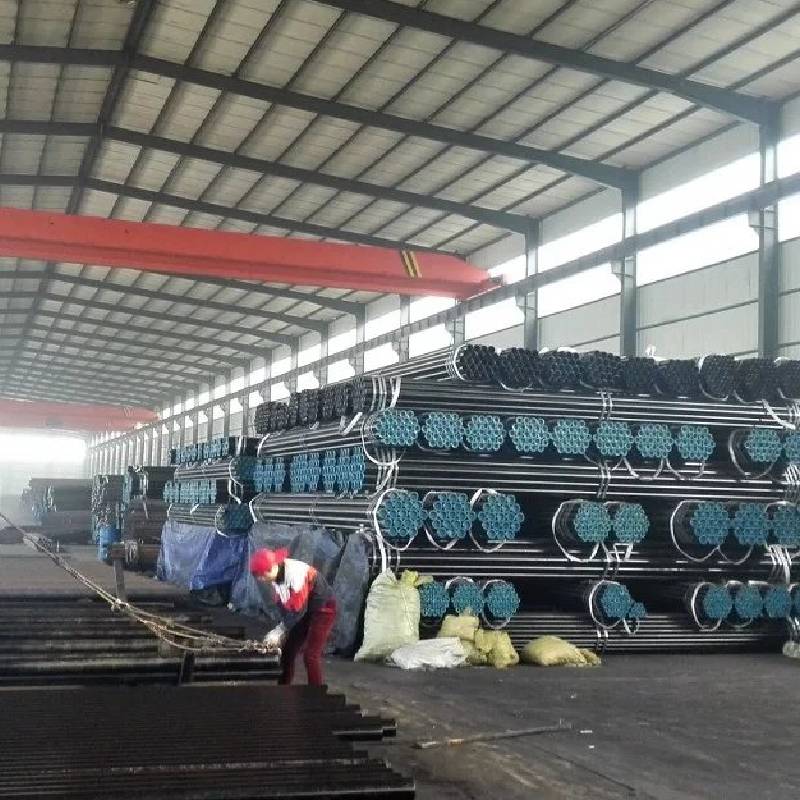-
Cangzhou Yulong Steel Co., Ltd.
-
Phone:
+86 13303177267 -
Email:
admin@ylsteelfittings.com
- English
- Arabic
- Italian
- Spanish
- Portuguese
- German
- kazakh
- Persian
- Greek
- French
- Russian
- Polish
- Thai
- Indonesian
- Vietnamese
- Zulu
- Korean
- Uzbek
- Hindi
- Serbian
- Malay
- Ukrainian
- Gujarati
- Haitian Creole
- hausa
- hawaiian
- Hebrew
- Miao
- Hungarian
- Icelandic
- igbo
- irish
- Japanese
- Javanese
- Kannada
- Khmer
- Rwandese
- Afrikaans
- Albanian
- Amharic
- Armenian
- Azerbaijani
- Basque
- Belarusian
- Bengali
- Bosnian
- Bulgarian
- Catalan
- Cebuano
- China
- China (Taiwan)
- Corsican
- Croatian
- Czech
- Danish
- Esperanto
- Estonian
- Finnish
- Frisian
- Galician
- Georgian
- Kurdish
- Kyrgyz
- Lao
- Latin
- Latvian
- Lithuanian
- Luxembourgish
- Macedonian
- Malgashi
- Malayalam
- Maltese
- Maori
- Marathi
- Mongolian
- Myanmar
- Nepali
- Norwegian
- Norwegian
- Occitan
- Pashto
- Dutch
- Punjabi
- Romanian
- Samoan
- Scottish Gaelic
- Sesotho
- Shona
- Sindhi
- Sinhala
- Slovak
- Slovenian
- Somali
- Sundanese
- Swahili
- Swedish
- Tagalog
- Tajik
- Tamil
- Tatar
- Telugu
- Turkish
- Turkmen
- Urdu
- Uighur
- Welsh
- Bantu
- Yiddish
- Yoruba

Nov . 17, 2024 23:31 Back to list
pipe welding and fabrication
Pipe Welding and Fabrication An Overview
Pipe welding and fabrication are critical processes in the construction and engineering industries, playing a vital role in various applications, including oil and gas pipelines, water supply systems, chemical processing plants, and more. These processes involve the joining of pipe sections, creating a durable and leak-proof system that can withstand high pressure and harsh environmental conditions. Understanding the fundamentals of pipe welding and fabrication is essential for anyone involved in these fields.
The Basics of Pipe Welding
Pipe welding is a specialized skill that requires precision and knowledge of various welding techniques. The most common methods used in pipe welding include Shielded Metal Arc Welding (SMAW), Gas Tungsten Arc Welding (GTAW), and Gas Metal Arc Welding (GMAW). Each method has its advantages and is chosen based on factors like the type of material being welded, the thickness of the pipes, and the environment in which the welding is conducted.
SMAW, also known as stick welding, is popular due to its versatility and effectiveness. It involves using an electrode coated with flux to create an arc between the electrode and the workpiece, melting the base material and filler to form a strong joint. ADHD is often used for carbon steel and can be performed in various positions.
On the other hand, GTAW, or TIG welding, offers higher precision and is renowned for its ability to produce clean, high-quality welds. It utilizes a non-consumable tungsten electrode and inert gas (usually argon) to protect the weld area from contamination. This method is ideal for welding stainless steel, aluminum, and other alloys, but requires a high level of skill and control.
GMAW, commonly referred to as MIG welding, uses a continuously fed wire electrode and an inert gas for protection. It is known for its speed and efficiency, making it a preferred method in industrial settings. GMAW is suitable for thin-walled materials and can be automated, which is a significant advantage in large-scale manufacturing.
Fabrication Process
pipe welding and fabrication

While welding is a critical component, pipe fabrication encompasses a broader range of activities, including cutting, shaping, and assembling pipe sections. The fabrication process starts with design specifications, where engineers determine the dimensions, materials, and types of joints required for the project.
Once the design is finalized, the fabrication process begins with cutting pipes to the required lengths using saws, plasma cutters, or laser cutting systems. The ends of the pipes are then prepared for welding, which may involve beveling or cleaning to ensure proper fusion during the welding process.
After cutting and preparation, the pipes are assembled in the correct configuration, and the welding process begins. Depending on the project, multiple welders may work simultaneously to complete the fabrication efficiently. Once the welding is completed, the assembled pipes often undergo rigorous inspection and testing, such as hydrostatic testing, to ensure they meet safety and quality standards.
Importance of Quality Control
Quality control in pipe welding and fabrication is paramount. Given the critical applications of pipelines in industries like oil and gas, any failure could result in catastrophic consequences. Therefore, adherence to industry standards and regulations, such as those set by the American Welding Society (AWS) and the American Society of Mechanical Engineers (ASME), is essential.
Welders and fabricators must stay updated with the latest technologies and techniques to improve efficiency and safety. Continuous training and certification are crucial to maintaining high standards in the industry.
Conclusion
In conclusion, pipe welding and fabrication are integral to the construction and engineering sectors. Mastery of various welding techniques, a deep understanding of the fabrication process, and strict adherence to quality standards are all essential components of successful projects. As industries continue to evolve, advancements in technology and materials will further enhance the efficiency and safety of pipe welding and fabrication, paving the way for more robust infrastructure worldwide.
Latest news
-
ANSI 150P SS304 SO FLANGE
NewsFeb.14,2025
-
ASTM A333GR6 STEEL PIPE
NewsJan.20,2025
-
ANSI B16.5 WELDING NECK FLANGE
NewsJan.15,2026
-
ANSI B16.5 SLIP-ON FLANGE
NewsApr.19,2024
-
SABS 1123 FLANGE
NewsJan.15,2025
-
DIN86044 PLATE FLANGE
NewsApr.19,2024
-
DIN2527 BLIND FLANGE
NewsApr.12,2024
-
JIS B2311 Butt-Welding Fittings LR/SR 45°/90° /180°Seamless/Weld
NewsApr.23,2024











